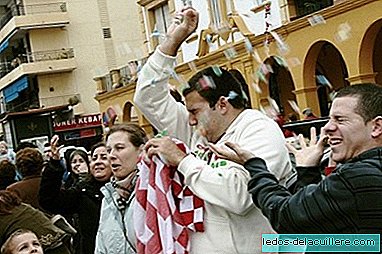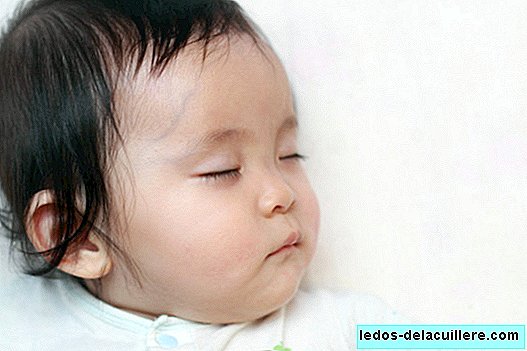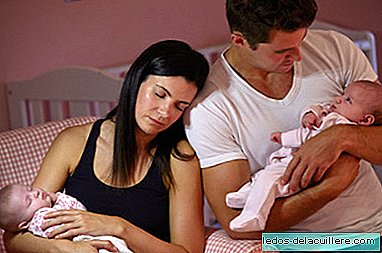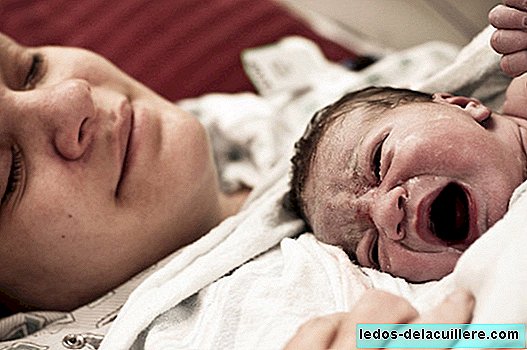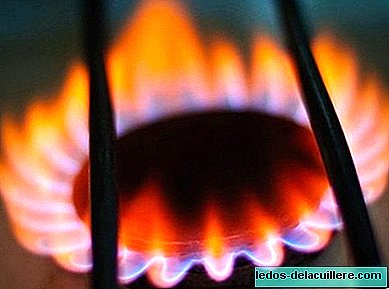
The home becomes in many cases the place where children spend more hours a day, so child domestic accidents are very frequent. If we add to this the curiosity of the little ones who are not afraid of anything and just looking to explore, we realize that many objects and places in the house can be dangerous.
95% of childhood accidents that occur each year can be avoided by taking some basic precautions, which should be part of the daily habits of any adult living with children. It is necessary to take certain precautions with appliances and heat sources We have at home.
In the kitchen, one of the most dangerous places for children, we must be vigilant and try never to leave children alone. The handles of the pans and pans must always be inward, to avoid possible accidental spills. Nor should plates or cutlery be left on the edges of tables or countertops, because of the risk of being thrown over. If we have to transport liquids that are very hot, better do it when the children are not in front.
In the bathroom. When hot water is used and the tap is reopened, part of the water is retained in it. Many minor burns occur for this reason, especially among children, since they have especially sensitive skin. To avoid this, let the cold water run after using the hot water, until the temperature stabilizes. At bath time, the temperature of the water must also be checked with a thermometer or with the elbow to determine that it is suitable for the child's skin. In addition, we remember other safety tips in the bathroom.
The sources of heat throughout the house
Children are attracted to fire, so matches and lighters should not be left within reach. If they have seen how they are used, they will easily learn to turn them on.
If we have installed radiators, can be covered with some furniture designed to cover the heaters, which will prevent children from burning when trying to manipulate the radiator. If what you have is a stove or similar, it must be protected so that they cannot access it, nor manage to introduce objects that can burn. It is convenient that the room temperature is moderate.
The aerosol spraysEven when they are empty, they are flammable, so it is dangerous to leave them within the reach of small children, especially near the kitchen or heat sources.
In case of burns. If despite all precautions a child has been burned, we will act by applying first aid according to the type of burn. We can apply warm tap water (at about 22 degrees, not freezing). This will prevent pain and the progression of the burn to deeper skin areas. If the burn is severe, do not use compressive bandages, creams or ointments. It is best to go to a medical center as soon as possible to take appropriate measures.
As we see, at home there are many sources of heat that can pose a risk to children, therefore all precautions are necessary. It is about adapting our home to the little ones in the house, making it as safe as possible.



